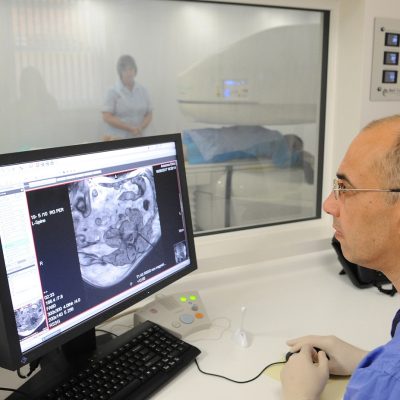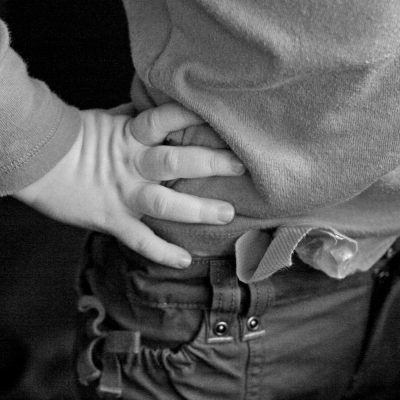The Groin Pull !
Ice hockey has become a very popular sport over the past several years, as noted by the increased number of players in recreational leagues and the expansion of the National Hockey League into the East region of the England. Because of the growing number of hockey players, more doctors, physiotherapists, and athletic trainers are becoming involved in the prevention and rehabilitation of hockey injuries. One injury that hockey fans and sports medicine professionals are becoming all too familiar with is the Groin Pull “The Hockey Groin”. This is an injury that affects not only hockey players but also footballers and martial art enthusiasts among other athletes at both the amateur and professional levels.
A groin pull or strain specifically affects the adductor muscles. These muscles are located on the inside of upper thigh and help to bring the legs together. The injury usually occurs when sprinting or changing direction quickly or during rapid movements of the leg against resistance such as kicking a ball or because of over stretching of the muscles such as in martial arts high kicks. Adductors injury is particularly common in hockey players. The skating motion in hockey involves rapid concentric and eccentric contractions of the adductors. During a quick skating start, vertical reaction forces can range from 1.5 to 2.5 times the player’s body weight, while lateral forces can reach as much as 80 pounds. Once a hockey player adds demanding skills such as stick handling, puck shooting, and repetitive twisting and turning movements at high speeds, increased forces are placed on the hip musculature, and the athlete is predisposed to non-contact injuries such as adductor strains.
Should a player sustain an adductor strain, it is important for the player to seek out medical attention at the first sign or symptom of a strain. A “pulling” or tearing sensation is often associated with a specific movement, followed by pain and sometimes swelling. What usually happens to the player who sustains an adductor strain is that the athlete will continue to practice or play the game, electing not to tell anyone of the injury in hopes of it going away on its own. When the injury does not subside, and remains both unevaluated and untreated, however, the continued playing can lead to muscle spasms, decreased the range of motion, muscle fatigue and overload, which could further impair the player’s function while also increasing the severity of the injury.
The injured players will usually seek medical attention when their pain level has increased to the point at which they can no longer play effectively or comfortably, or when they are confronted by their coach. By that time, the player has altered his movement style to avoid the painful range of motion. This compensation may result in the strain remaining limited to the adductors but causing additional insult to other muscles
The chronic long-standing groin pain usually has several contributing factors, including but not limited to the initial adductor strain, compensatory muscle imbalances, secondary muscle strains and lumbo-pelvic dysfunction. In this case the diagnosis of adductors tear may be difficult to differentiate from other causes of groin pain such as sport hernia, disorders of the hip joint or inflammation of the pubic bones.
By making early diagnosis of the injury and successfully completing and maintaining an overall exercise program, injured players of all skill levels will be able to return to the game and stay on it, otherwise doing what they enjoy most and shy; playing.
At Avicenna clinic, we have a range of specialist consultants, treatment rooms for non-surgical procedures and superior in-house imaging facilities – including state-of-the-art MRI, ultrasound and X-ray scanning equipment. We can assess and diagnose all sport injuries quickly and deliver comprehensive treatment plans tailored to you.
To book a consultation or for more information on treating your sport injuries and available services, contact Avicenna Clinic on 0330 202 0597.












